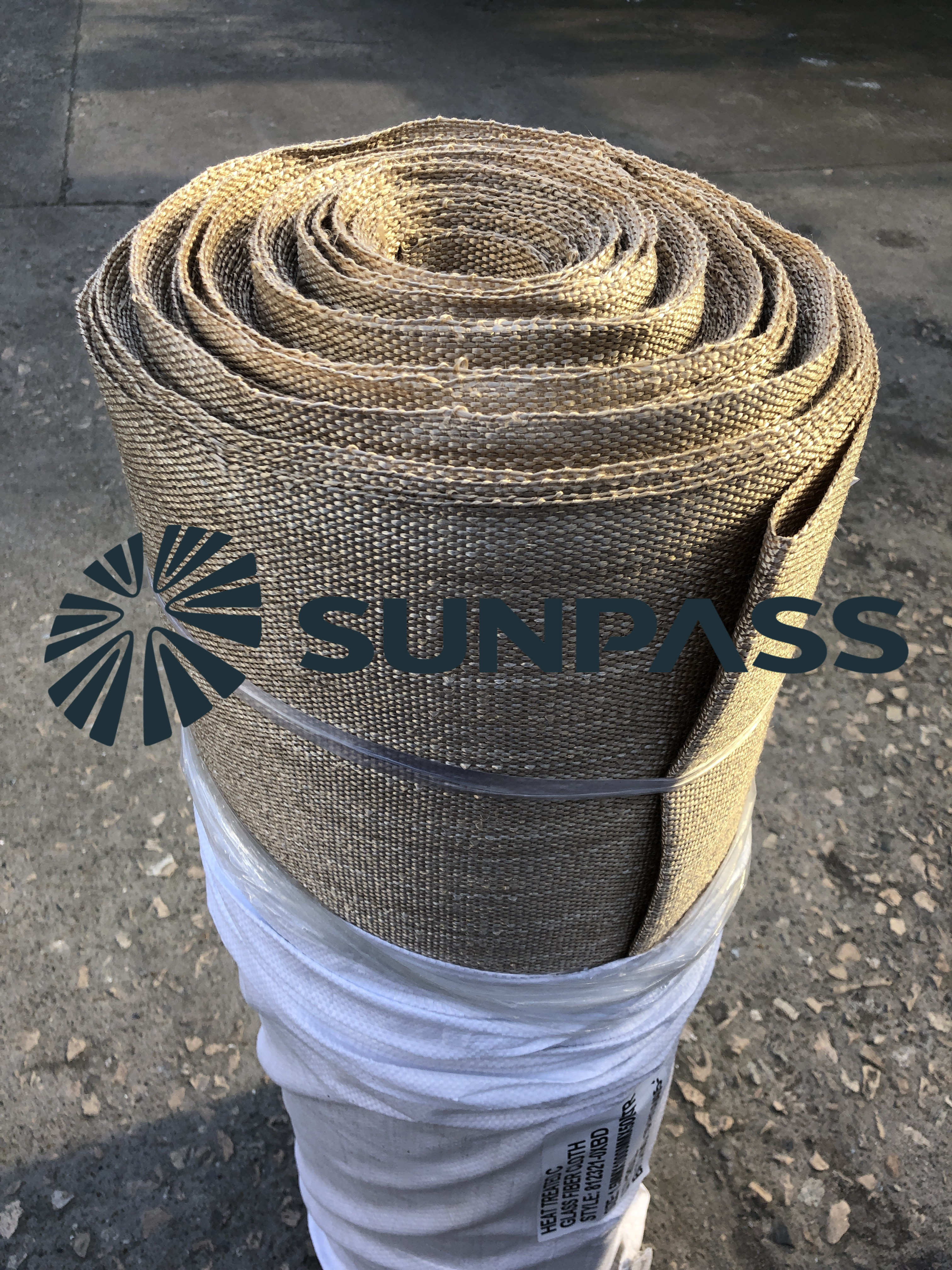Due to the poor folding and wear resistance of glass fiber, a certain amount of starch-type or reinforced sizing agent is applied to the surface during the drawing process.
However, in order to improve the interfacial adhesion between glass fiber and resin, the starch-type sizing agent on the surface of glass fiber must be removed as much as possible before combining with resin.
At present, heat treatment is generally used. Heat treatment refers to the process of decomposing, carbonizing, burning and volatilizing the sizing agent on the surface of glass fiber under certain temperature and time conditions.
It is generally divided into high-temperature heat treatment (500-650℃) and medium-low temperature heat treatment (300-450℃).
Generally, the higher the heat treatment temperature and the longer the treatment time of glass fiber base cloth, the higher the surface sizing agent removal rate, the whiter the cloth color, but the greater the decrease in glass fiber strength.
With the development of sizing agent technology, textile-reinforced sizing agents are increasingly used in glass fiber production.
They do not require heat treatment and can still combine well with resin.
However, in order to meet the requirements of textile technology and high flatness of glass fiber membrane base cloth, starch-type impregnation agents are still used for this type of ultra-fine glass fiber (4 μm) both at home and abroad.
This is similar to electronic-grade glass fiber cloth. Therefore, the glass fiber membrane base cloth must be heat-treated before coating with resin to remove the surface impregnation agent, which is generally called singeing treatment in industry.
